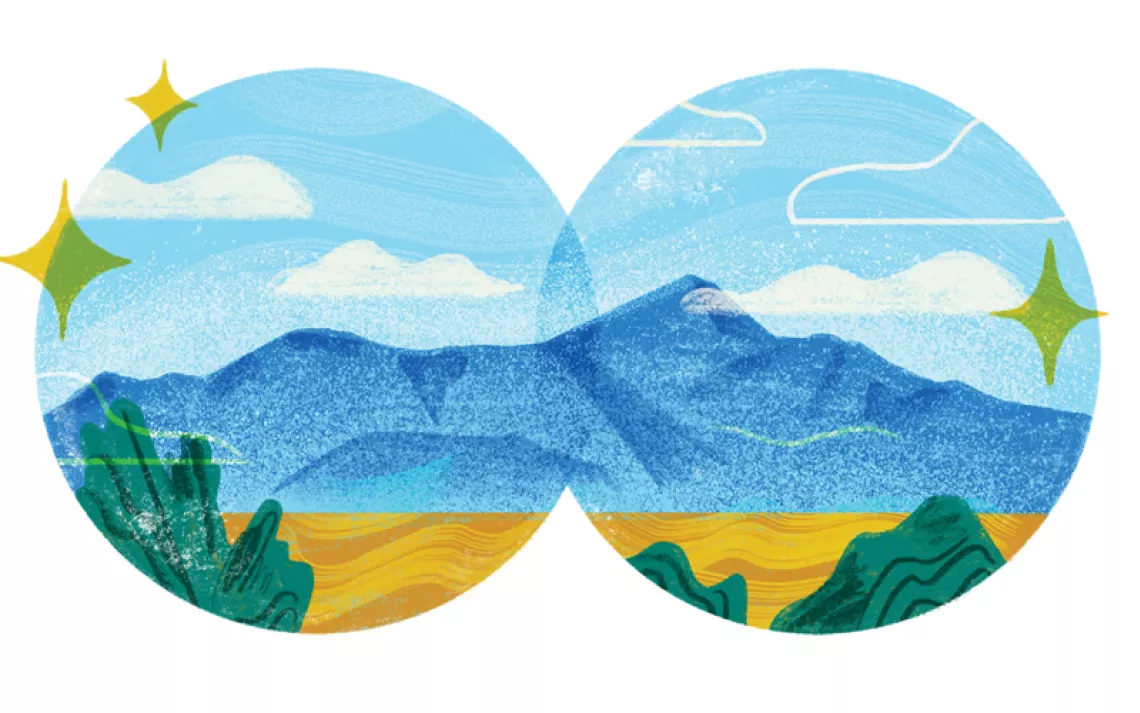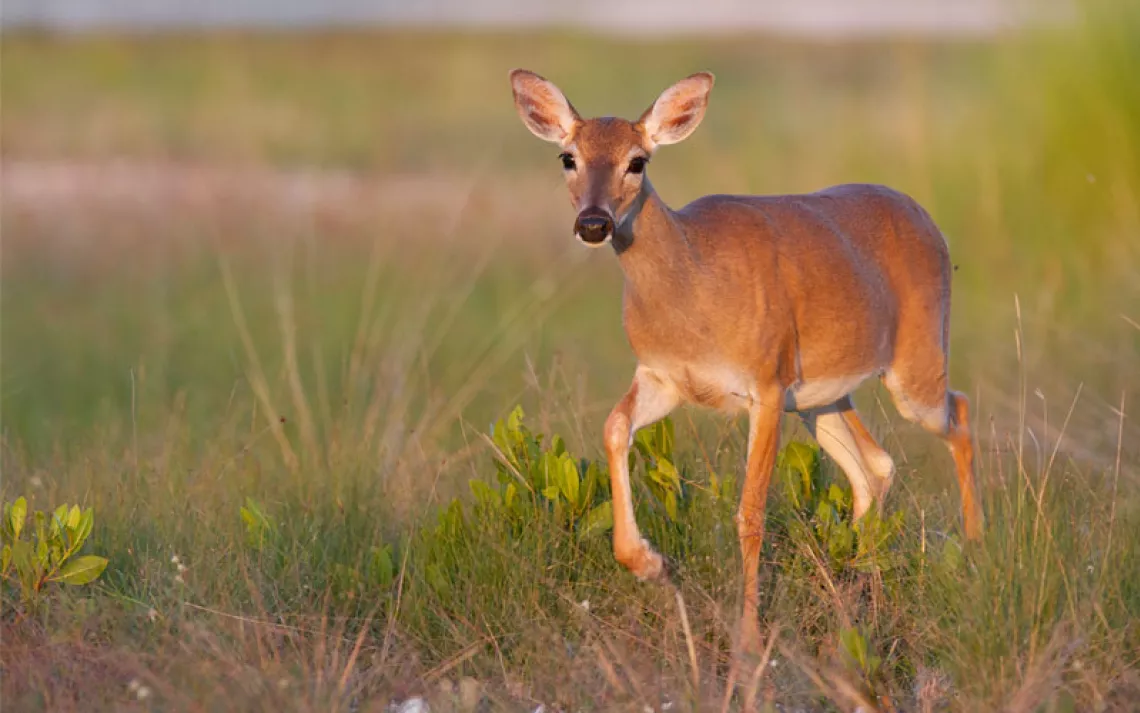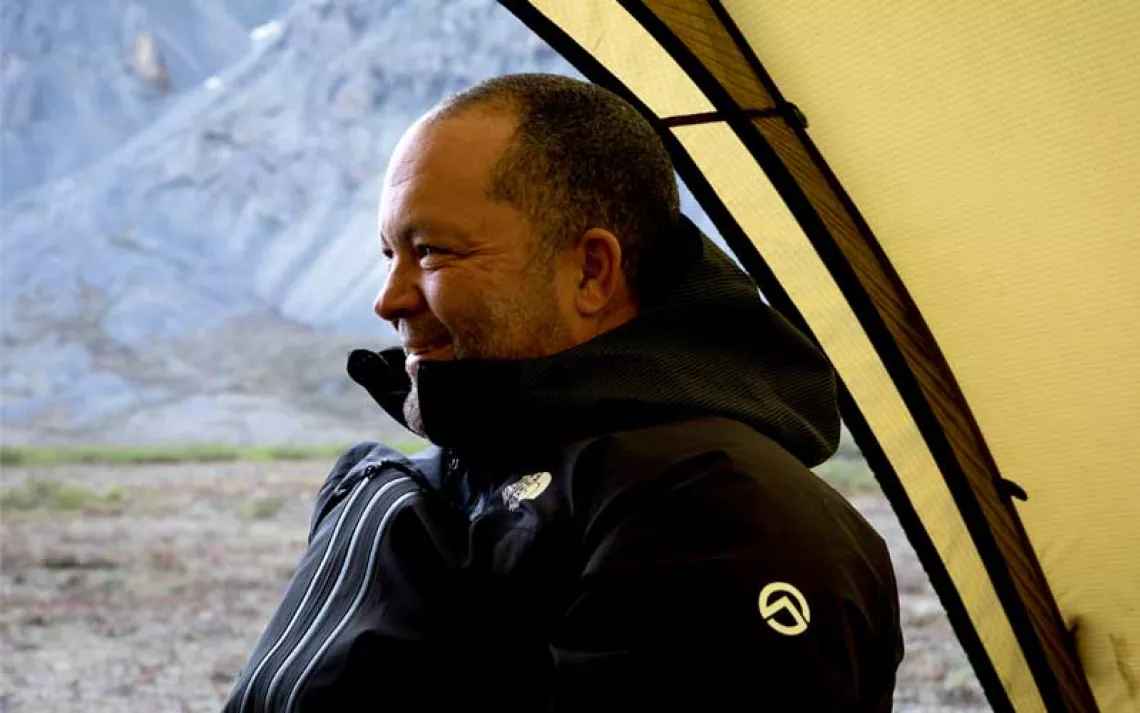ENVIRONMENT EXPLAINED
Do You Know the Story of The First Woman to Hike the Appalachian Trail?

Photo by iStockphoto/sgpage902
Women’s History Month is almost over, but we can’t let it slip by without celebrating a woman who blazed trails literally and figuratively. Long before Cheryl Strayed’s book Wild popularized the notion of a woman attempting a long solo hike, Emma Gatewood walked the entire Appalachian Trail alone, which was unheard of in the 1950s. Author Ben Montgomery used her personal diaries and trail journals to write a detailed account of her journey in his book, Grandma Gatewood’s Walk (Chicago Review Press, April 2014; out in paperback April 2016), and his biography tells a story that still resonates 61 years later.
Montgomery recounts how one day in May 1955, on her farm in Georgia, 67-year-old Emma Gatewood told her children that she was going for a walk. Five months later, she stood at the top of Mt. Katahdin in Maine. She marked the occasion of becoming the first woman to solo thru-hike the Appalachian Trail by singing "America the Beautiful" and signing her name in the register.
“Grandma Gatewood,” as she would fondly be remembered, was resolve and determination bundled into a 5’2”, 150-pound frame. She walked the 2,050-mile trail with only a handmade drawstring sack containing a shower curtain, coat, flashlight, knife, medical supplies, food, and a few other items she deemed she couldn’t live without. No tent. No sleeping bag or map. She relied on her knowledge of plants, living off of the land when she could, and often took advantage of the kindness of strangers, gladly sleeping on porches or eating a hot meal when offered. Rattlesnakes, broken glasses, hurricanes, freezing temperatures, and various falls couldn’t keep Emma from her final destination.
When tracked down by reporters and asked, “Why are you hiking the trail?” Emma would rattle off, “I want to see what’s on the other side of the hill, then what's beyond that,” and “just for the heck of it.” But in fact, Emma had read a National Geographic article in 1954 about the AT and learned that no woman had ever successfully completed it. The idea of hiking the trail took root, and soon she was taking overnight excursions into the woods and going on 10-mile hikes.
Her life had prepared her to endure hardship. She had worked the land on the farm while raising 11 children, and she had an abusive husband. She would often flee, seeking solace in the woods. Her grit came in handy on the trail as she waded through chest-high creeks (she didn’t know how to swim) and logged multiple 20-mile days. She slept in piles of leaves and walked on busted Keds, going through six pairs on the journey. When she finished, Mary Snow from Sports Illustrated asked Emma if the trail met her expectations: “...the [National Geographic] article told about the beautiful trail, how well-marked it was, that it was cleared out and that there were shelters at the end of a good day’s hike. I thought it would be a good lark. It wasn’t...I never would have started this trip if I had known how tough it was, but I couldn't and wouldn’t quit.” She went on to hike the trail two more times, in 1960 and 1963.
The fame she garnered brought the Appalachian Trail into the national spotlight. Sections of the trail had been poorly maintained, but as story after story about Emma’s journey was published, the Appalachian Trail Conservancy started focusing on upkeep. Both men and women were inspired to follow in her footsteps, even copying her minimalist approach. Now Grandma Gatewood Memorial Trail, a six-mile hike located in Hocking Hills State Park in Ohio, serves as a tribute to her legacy. Every January, thousands gather in her honor and take part in her favorite pastime of walking.
 The Magazine of The Sierra Club
The Magazine of The Sierra Club



